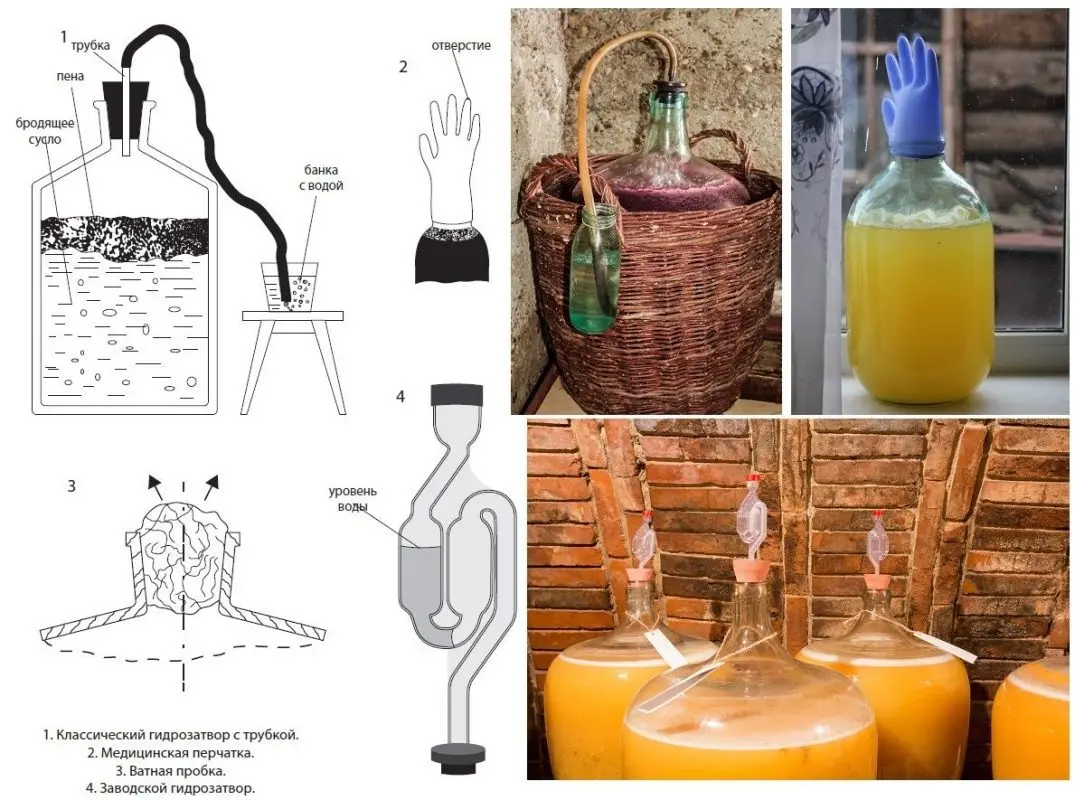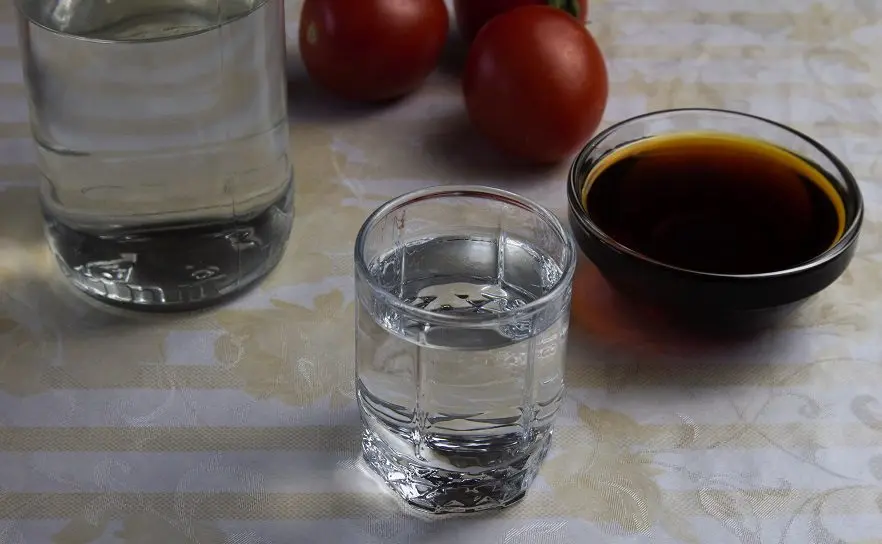Moonshine from molasses is in many ways reminiscent of sugar, but sometimes it has a specific smell and taste due to the characteristics of the raw materials. It is advisable to start preparing the mash only if the molasses was given for free, for example, expired, and you need to process it. It is desirable to do the second distillation on a distillation column in order to obtain pure alcohol, since such a distillate will not have any outstanding aromatic and flavor notes.
Theory
Molasses is a by-product in the production of sugar and starch. Moonshiners are interested in it because of the comparative cheapness and high sugar content – 60-80%. With an average sugar content of 65% from 1 kg of molasses, you can get up to 780 ml of moonshine with a strength of 40%. In practice, the yield will be lower by 15-20%.
However, the quality of moonshine from molasses will be about the same as that of sugar or even worse. The fact is that there are many types of molasses (maltose, beet, corn, potato, from other starch-containing raw materials), and different production technologies are used at factories, so it is difficult to understand in advance how high-quality raw materials are. The exception is real cane molasses, from which you can make homemade rum close to the original.
I advise you to use only molasses intended for confectionery for moonshine, expired ones are also suitable. Other species may produce an unpleasant odor and taste. Ideally, it is better to make alcohol from such raw materials, not moonshine, using not a distiller (an ordinary moonshine still), but a distillation column for re-distillation.
Ingredients:
- molasses – 10 l;
- water – 30 l;
- yeast – 200 g bakery pressed, 40 g dry or alcohol per 40 liters of wort.
The amount of water can be adjusted based on the sugar content of the molasses, it is important that the sugar content in the must before fermentation does not exceed 18-20%.
Molasses mash recipe
1. Bring half the volume of water to a boil, pour boiling water into molasses, mix until a homogeneous syrup is obtained. Molasses (especially crystallized) dissolves well only in hot water, besides, boiling water kills pathogenic microorganisms that can infect the mash.
2. Pour the syrup into a fermentation container, add the second half of the water. Mix. Fill the container to a maximum of 75% of the volume to leave room for carbon dioxide and foam.
3. When the wort has cooled down to below 30 °C, add the yeast, stir again.
4. Close the container with a water seal of any design. Transfer the treacle mash to a dark room (can be covered with a thick cloth) with a temperature of 20-28 ° C. Leave until the end of fermentation.

Attention! Due to the specific smell during fermentation, it is better not to leave the mash in an apartment or house, but to transfer it to a utility room with good ventilation.
The mash is ready when the water seal does not release gas (the glove deflates), the mash brightens and stops being sweet (minimal sweetness is possible due to the caramel that the yeast cannot process), a layer of sediment appears at the bottom.
Getting moonshine from molasses
5. Drain the mash that has played out from the sediment so that when heated, the remaining molasses does not burn and make the moonshine bitter.
6. Overtake the first time at maximum speed. Collect the first 150-200 ml of the output separately and pour it out, this fraction contains many harmful substances. Finish selection when the strength in the jet falls below 30%.
7. Determine the strength of the obtained moonshine of the first distillation. Calculate the amount of pure alcohol, for this the volume in liters is multiplied by the strength in percent and divided by 100.
8. Dilute the distillate with water up to 18-20%. Make a second run.
9. Collect the first 15% of the pure alcohol yield separately. This fraction (called the “head”) can only be used for technical purposes, you can not drink.
10. Finish the selection of the “body” of moonshine when the fortress in the stream falls below 45%. Then you can stop the distillation or collect the “tails” in a separate container.
11. Dilute the “body” with water to a drinking strength of 40-45% vol. Pour into a glass container and seal tightly. Leave for 2-3 days in a cool place to stabilize the taste.










